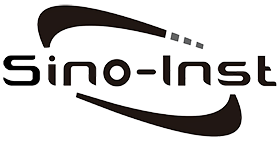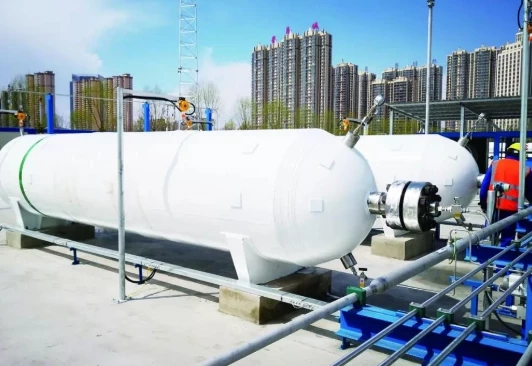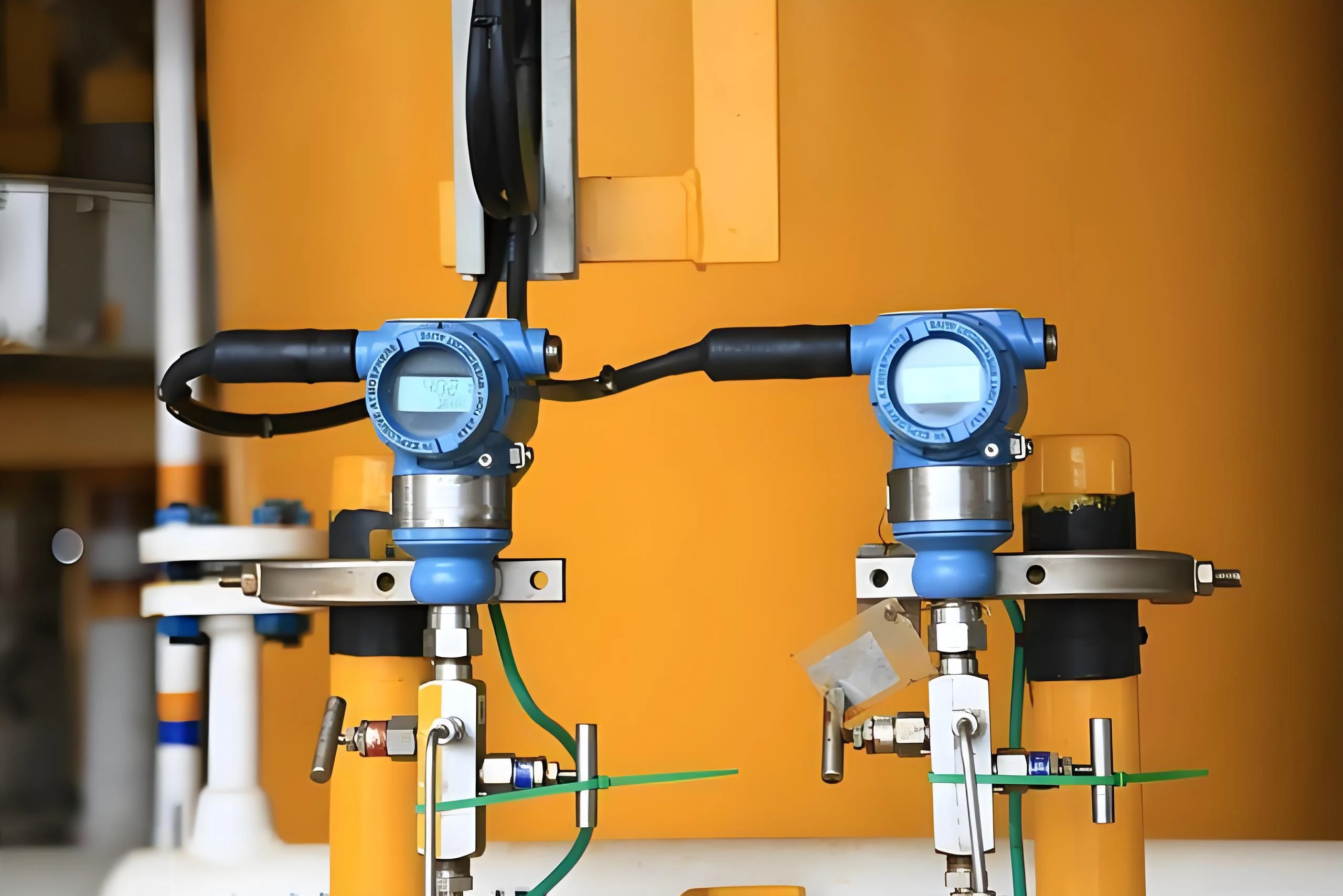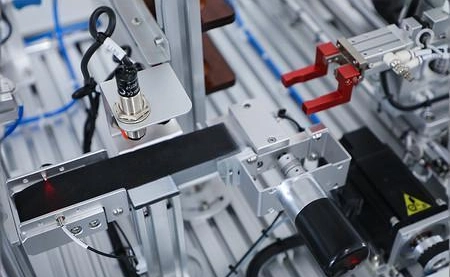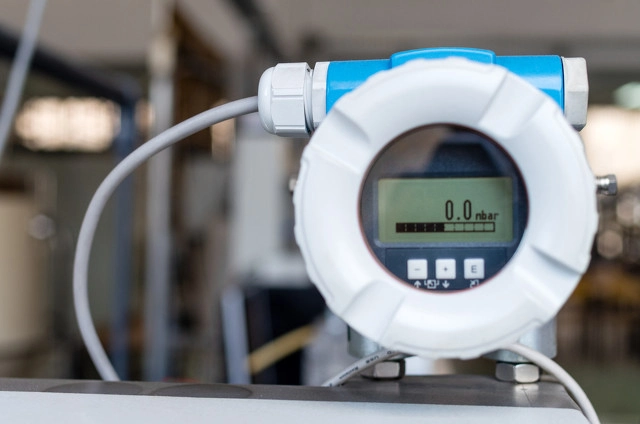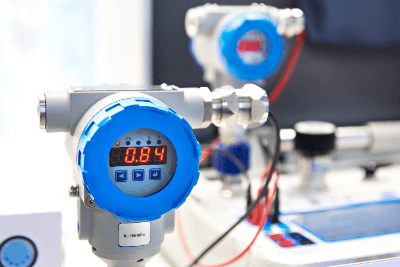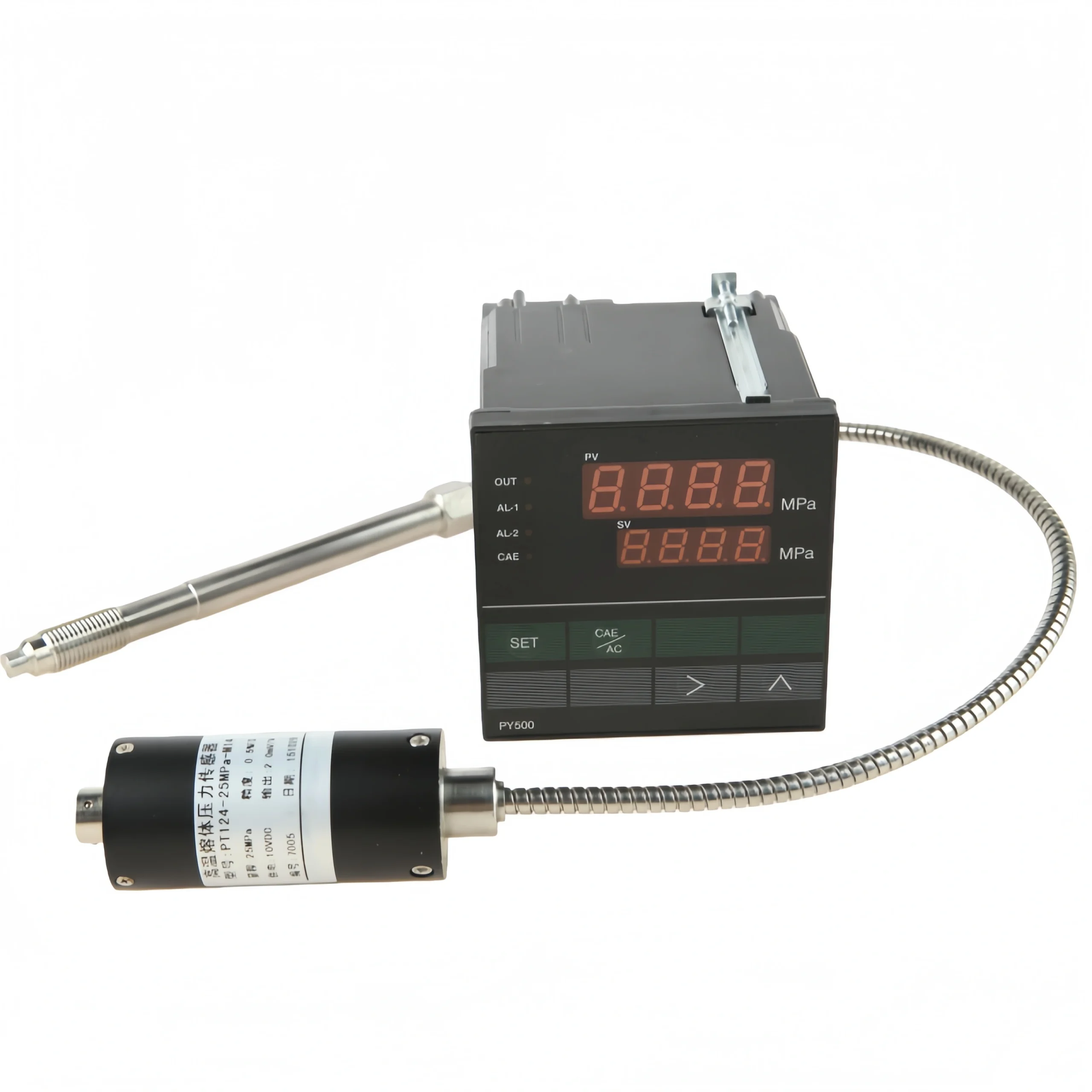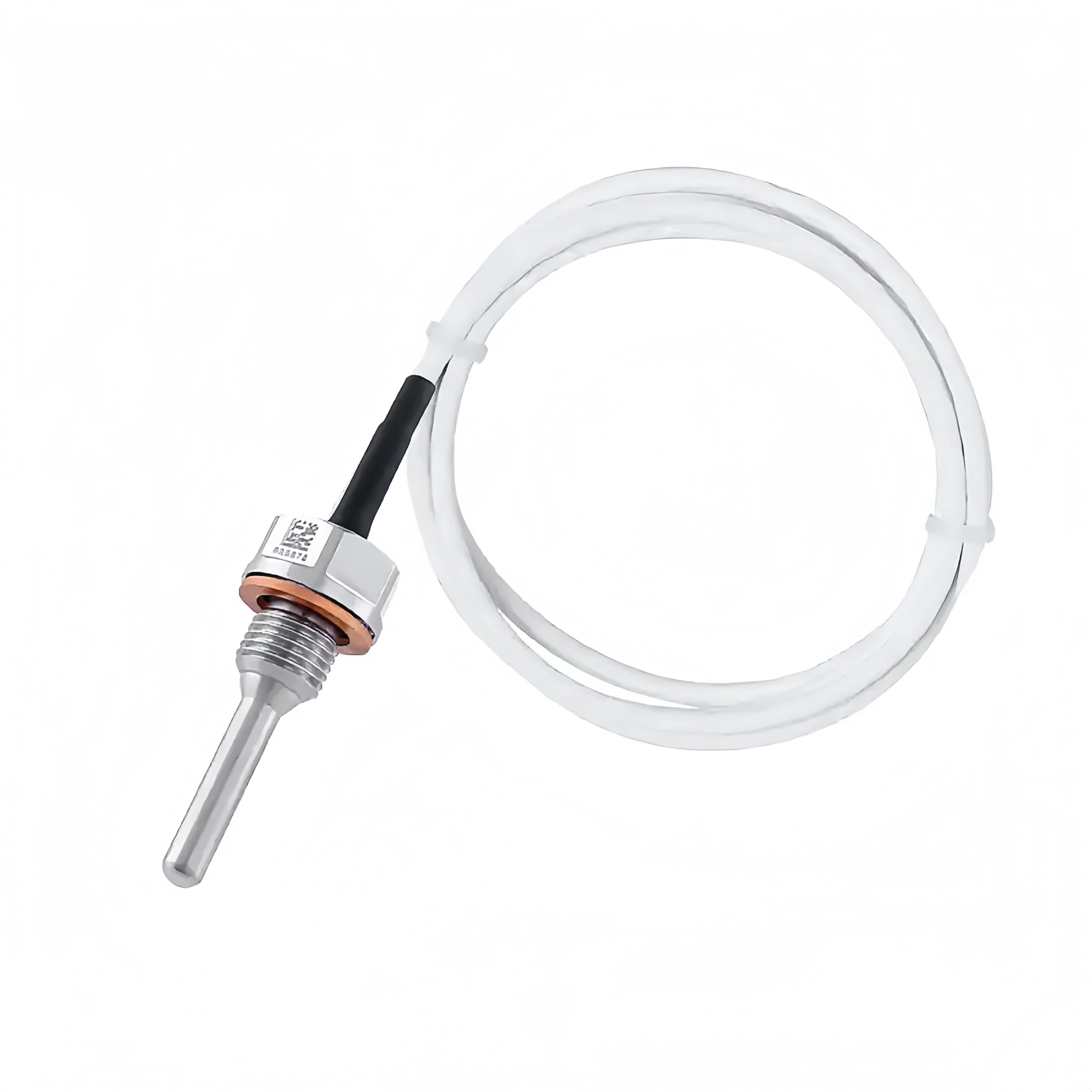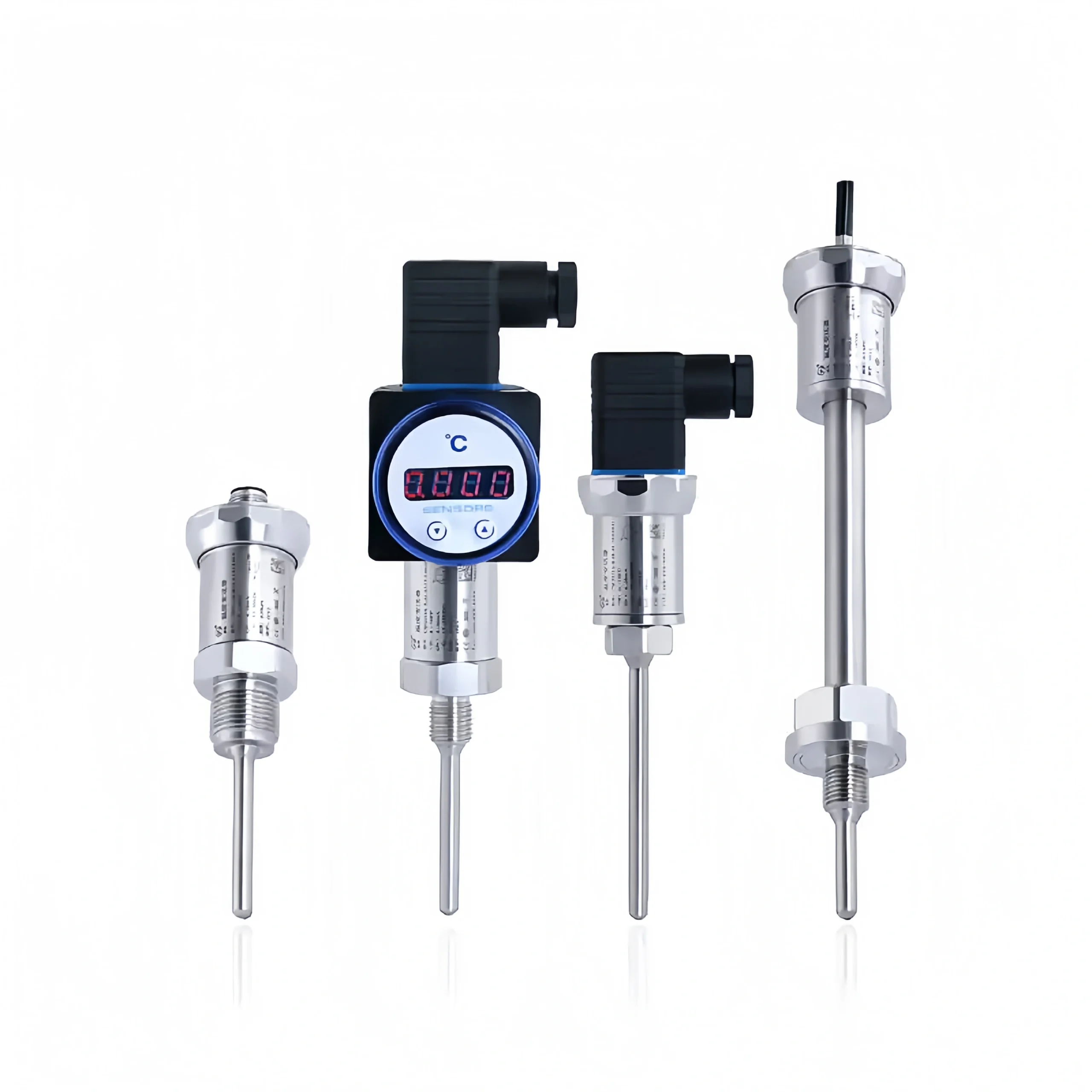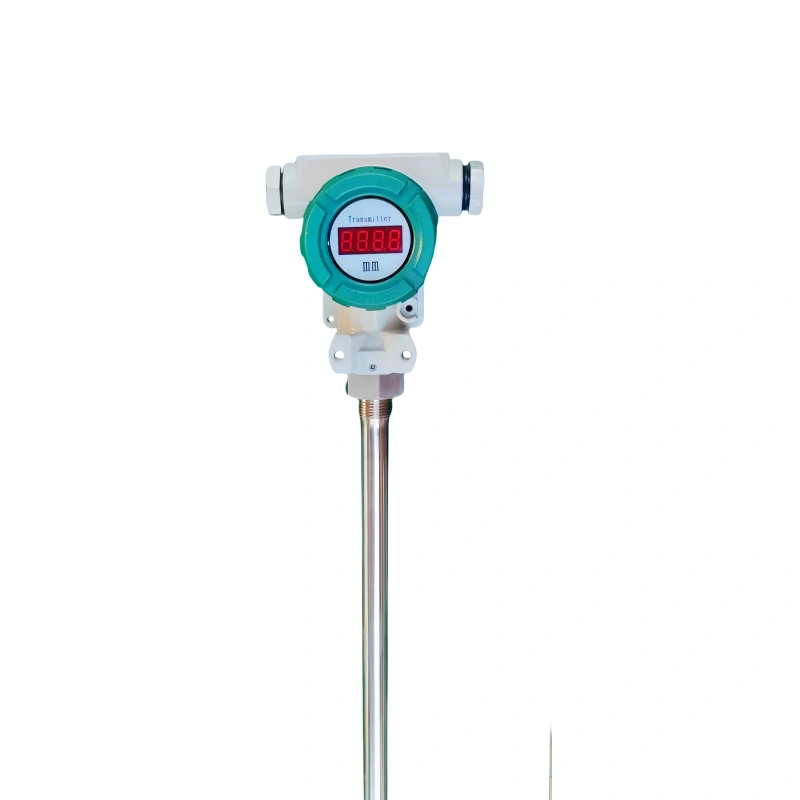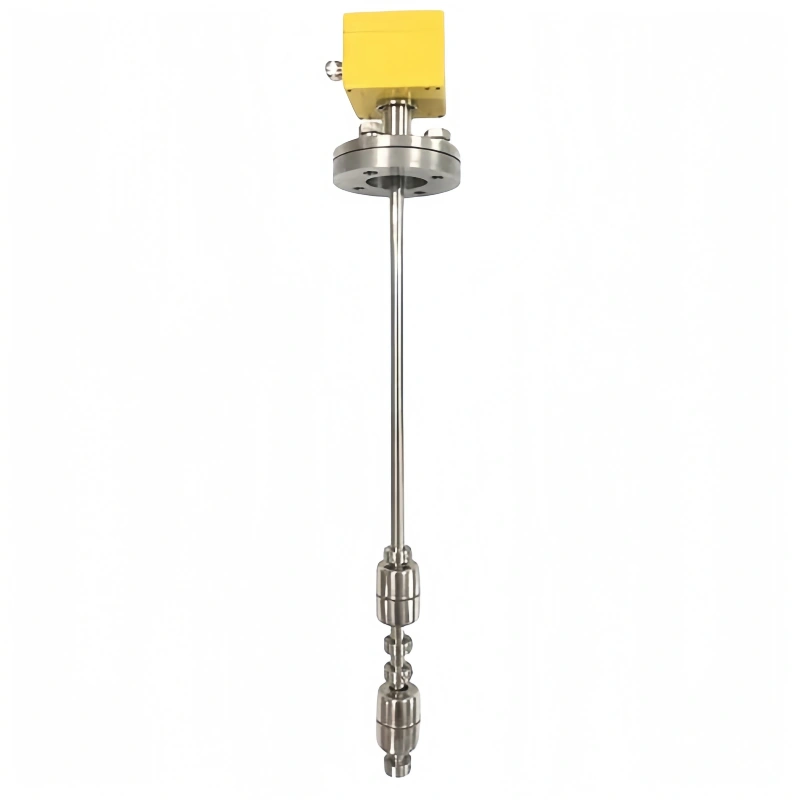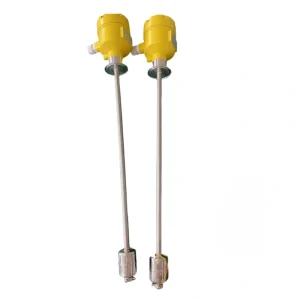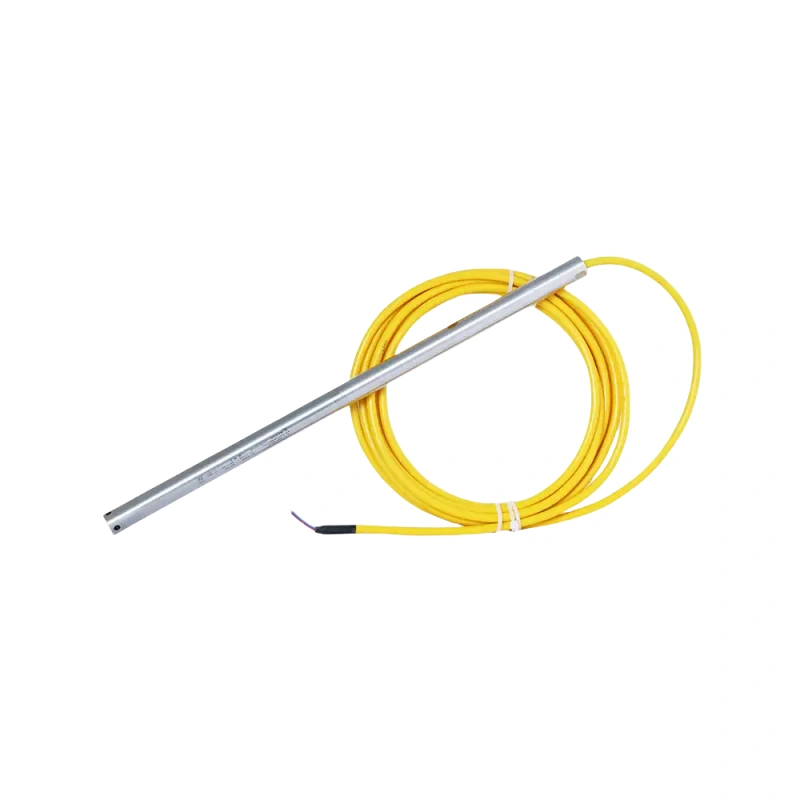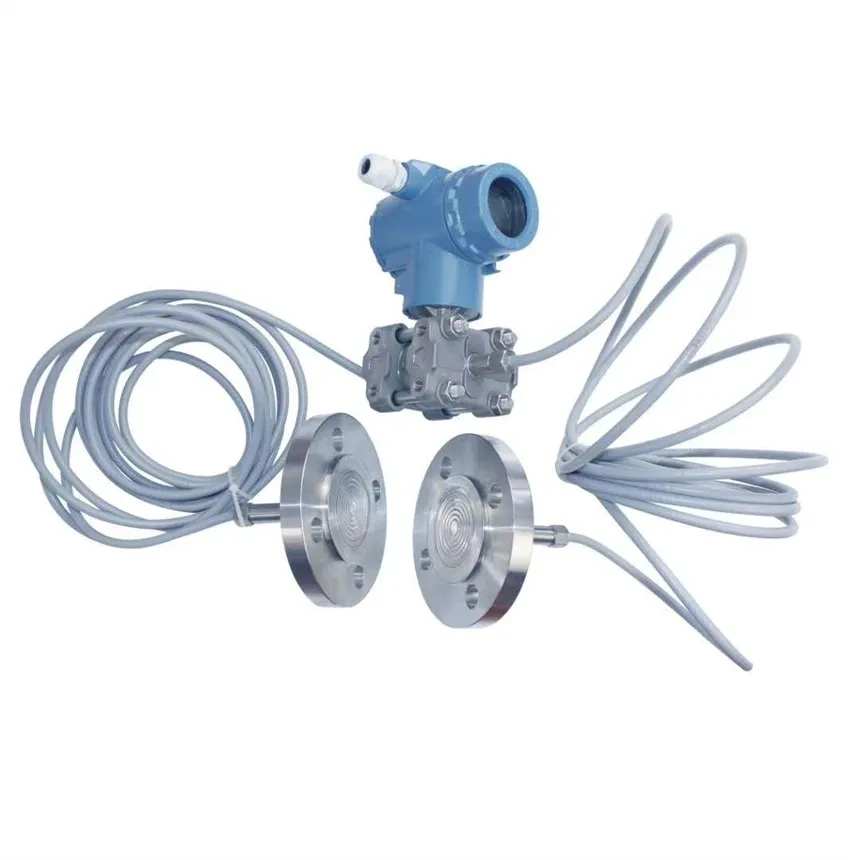There are many ways to measure water level: water level meter, stainless steel ruler, etc. If you don’t know how to choose a suitable water level meter. You can refer to this article.
There are many types of water level meters. A water level meter can measure tank water level, vessel water level and groundwater level, etc. This article mainly introduces the relevant knowledge of the water level meter.
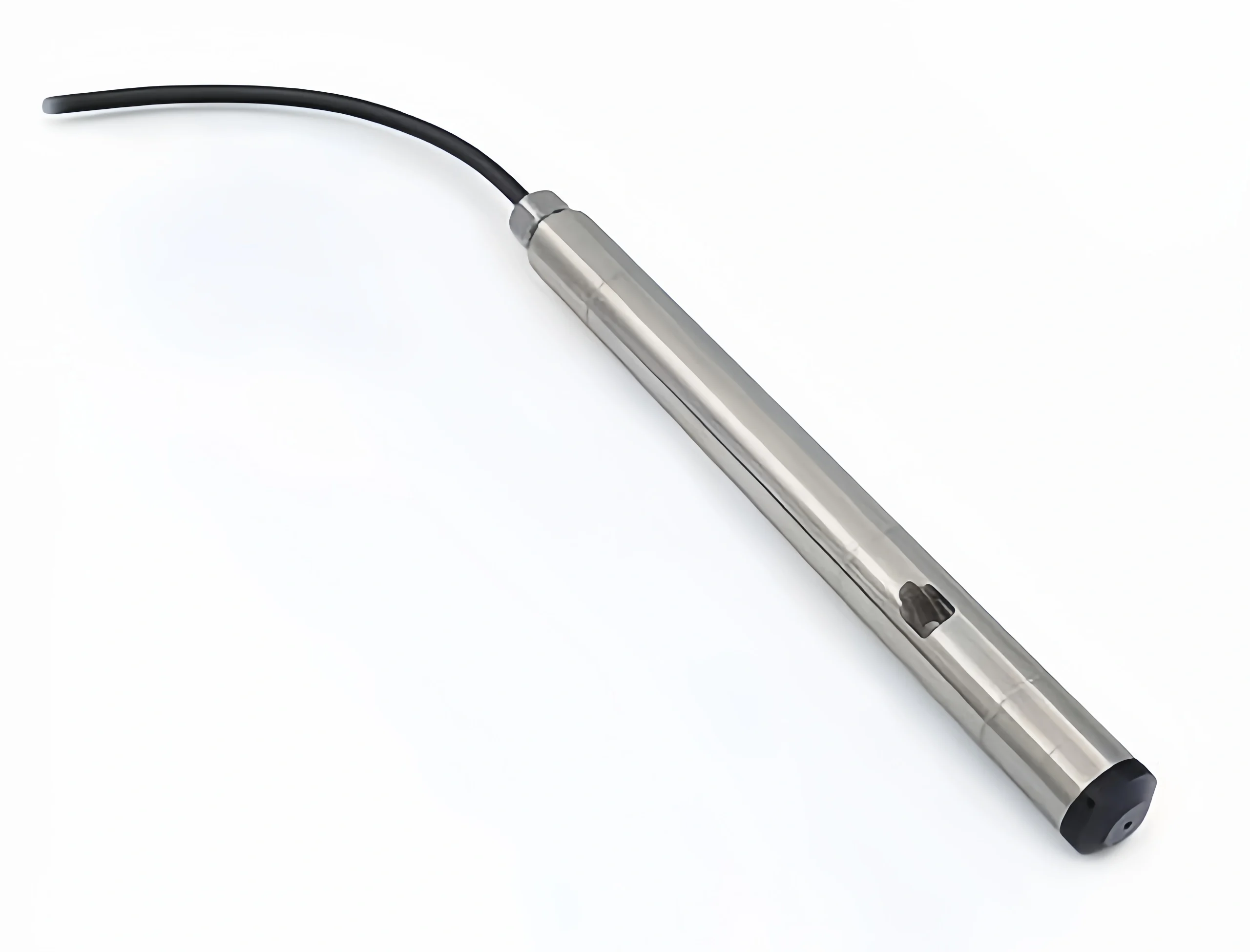
What is a Water Level Meter?
A water level meter is a device used to measure the horizontal position of a liquid in a container. The main function is to determine the depth of the liquid by measuring the distance between the liquid and the bottom of the container.
Level meters are widely used in many fields, including water treatment, chemical industry, food processing, oil and gas and other industries. Water level meters are mostly used to measure the liquid level monitoring of water tanks. For example, fire water tanks. Water level meters are also used in industrial production processes. It can measure the water level in storage tanks, reactors, boilers and other equipment.
Water level meters can measure the water level of reservoirs, rivers, lakes, etc. It facilitates water resource management and flood warning. It can also measure the underground water level. For example, it can detect the water level in real time when drilling. Placing a water level meter under the water well can detect the water level height in the well, etc.

Water Level Meter Features
A water level meter, also known as a water level sensor or water level transducer. It is a device used to measure the level of liquid. It plays an important role in many fields such as industrial production, environmental monitoring, and daily life.
The following are some of the main features of the water level meter:
- Small size
- Light weight
- Easy to install
- IP68 waterproof grade
- Matching configuration program
- High water level measurement accuracy,
- No drift
- No calibration required.
- Can be matched with our company’s telemetry terminal
- Realize data remote transmission
- Provide a free platform to view data
- Diverse types
- High accuracy and reliability
- Real-time monitoring and early warning
- Data recording and storage
- Remote management and maintenance
Water Level Meter Types
Radar water level meter
The radar water level meter uses the time difference between the transmission and reception of radar waves. The radar device transmits microwave signals to the water surface. After the signal hits the water surface, it is reflected and received by the radar antenna.
Since the propagation speed of microwaves in the air is known, the distance from the radar antenna to the water surface can be accurately calculated based on the time interval between the transmission and reception of the signal. Then the water level can be obtained.
Advantages: Not affected by factors such as atmosphere, water vapor, and temperature changes. High measurement accuracy. Up to the millimeter level. Wide measurement range. Can adapt to water level measurement in various complex environments.
It can be applied in scenarios ranging from rivers, lakes, and urban drainage systems. For example, in large-scale water conservancy projects, radar water level gauges can provide accurate water level data for the safe operation of dams. And help managers to reasonably regulate water volume.
Pressure water level gauge
The pressure water level gauge works based on the relationship between pressure and water depth. It calculates the water level by measuring the hydrostatic pressure at a certain point underwater. In water, pressure is proportional to water depth. The pressure sensor converts the pressure it feels into an electrical signal. The water level value is obtained after conversion. Advantages: The water level gauge has a relatively simple structure and a low cost.
Advantage: Used in some small hydrological monitoring stations or occasions where the accuracy requirements are not extremely high. Pressure water level gauges are generally used to monitor water levels in reservoirs, wells, pools, water tanks and other environments.
However, pressure water level gauges are easily disturbed by factors such as changes in water density and bubbles, and are slightly inferior to radar water level gauges in terms of accuracy.
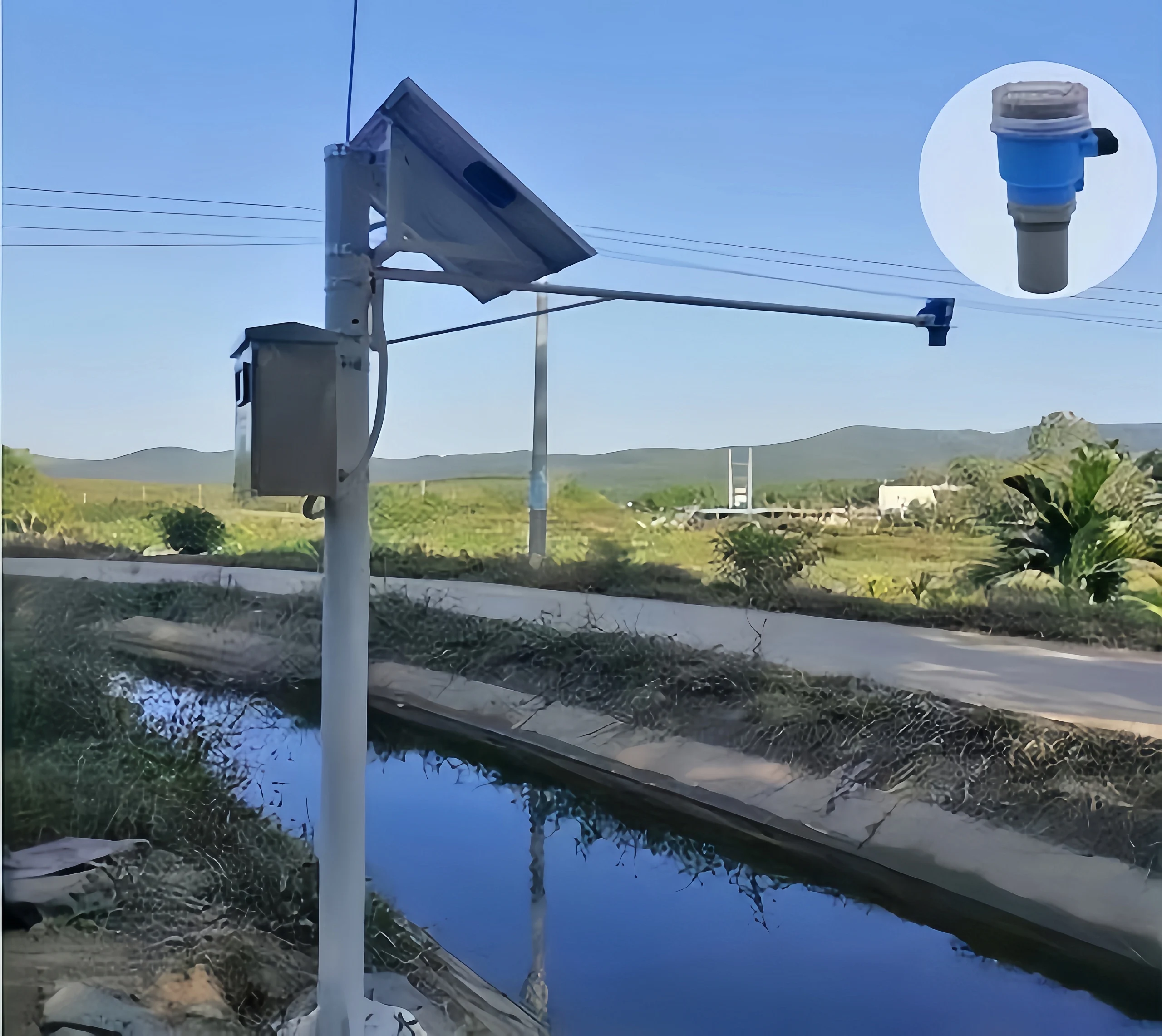
Ultrasonic water level gauge
The ultrasonic water level gauge emits ultrasonic pulses, which propagate to the water surface and then reflect back to the sensor. According to the propagation speed of ultrasonic waves in the air and the time difference between the emission and reception of pulses. The distance from the sensor to the water surface is calculated to obtain the water level.
Advantages: non-contact measurement. Easy installation and maintenance.
It has obvious advantages in some cases where it is difficult to directly contact the water body. For example, in the water level monitoring of urban rivers. It can be installed at the bottom of the bridge to monitor the water level in real time. It can also be used in channel flow measurement.
However, the ultrasonic water level gauge is greatly affected by the ambient temperature and humidity, and the measurement accuracy may decrease under extreme weather conditions.
Float water level gauge
The float water level gauge is a more traditional water level measurement device. It drives the steel wire rope or steel belt connected to the float to rotate through the float rising and falling with the water level. So that the recording device can record the water level changes.
Advantages: The data is intuitive and reliable. Data recording is simple. The mechanical structure is simple. No complex power support is required.
It is still used in many old-generation hydrological monitoring stations. In some remote areas, the power supply is unstable, and it can continuously and stably measure the water level.
But its measurement accuracy is limited. And regular maintenance is required. Prevent the float from being entangled by debris and affecting the measurement accuracy.
Water Level Meter Applications
1. Water Conservancy Project
Water level meters play a vital role in water conservancy projects.
They are used to monitor water level changes in rivers, lakes and reservoirs. Help water conservancy engineers better manage and regulate water resources. By monitoring the water level in real time. Timely warning of floods, droughts and other flood events.
2. Construction Project
In construction projects, water level meters are used to monitor groundwater levels, foundation stability and water tightness testing.
They can provide critical data. Ensure the structural safety and reliability of the building.
For example, in basement construction, water level meters can help control groundwater levels. Prevent water from entering the construction area.
3. Geological Exploration
Water level meters in geological exploration are used to measure well depth, groundwater level and groundwater pressure.
These data are crucial for geological engineers. They can help them understand the distribution and flow of groundwater resources. So as to make scientific decisions.
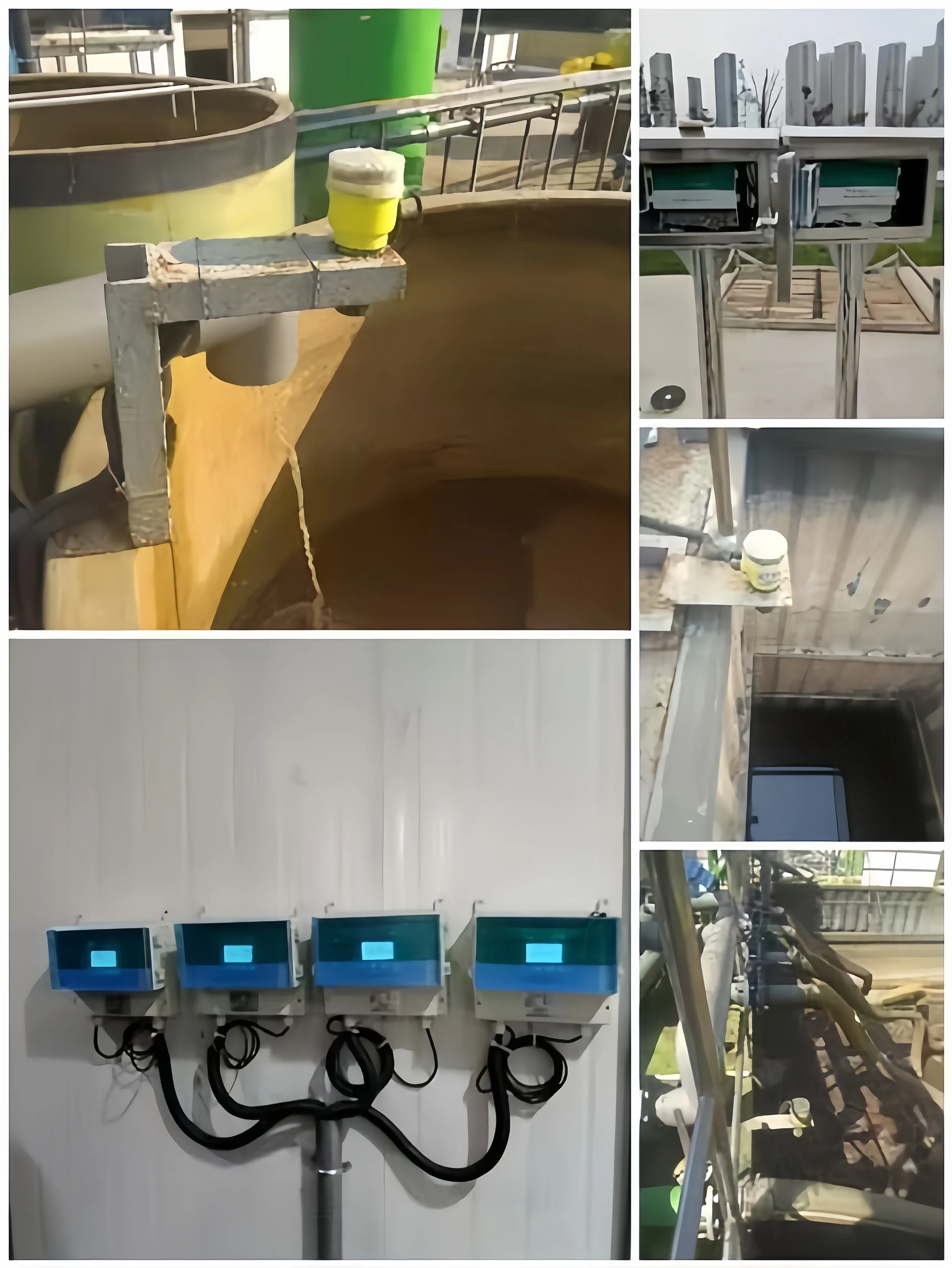
Sino-Inst Ground Water Level Meter Customization Case
Deep Well Type Submersible Level Meter
- Probe: 304 stainless steel
- Range: 0-1000 meters
- Cable: 1000 meters
- Output: 4-20mA two-wire system
- Accuracy: 0.5%FS
- Power supply: 9-28VDC
- Cable material: Polyethylene φ7.8 (temperature resistant 120℃) steel wire layer cable
Which Meter is Used to Measure Water Level?
- Pressure Water Level Sensor
- Optical Level Sensor
- Float Level Sensor
- Resistive Level Sensor
- Capacitive Level Sensor
- Ultrasonic Level Sensor
If you want to control the level, we have the level switches. It can alarm when the level overpass the set value.
How do You Measure Ground Water Level?
1. Wellhead observation method
The wellhead observation method is a simple and intuitive measurement method. First, set a water level meter or water level scale at the wellhead to regularly observe and record water level changes.
2. Borehole logging method
The borehole logging method is a more accurate and versatile measurement method. It directly measures water level, water temperature, conductivity and other parameters by installing logging instruments in the borehole.
3. Environmental monitoring well method
Regularly monitor groundwater levels and water quality indicators by setting up special environmental monitoring wells.
4. Groundwater level probe method
The groundwater level probe method is a method of directly measuring groundwater levels using a water level probe. Insert the water level probe into the groundwater and obtain the groundwater level height by reading the water level sensor on the probe.
5. Geophysical survey method
It is an indirect method for measuring groundwater level. Including the gravity method, electromagnetic method, seismic wave method, etc.
6. Pressure gauge method
It estimates the height of the groundwater level by measuring the change of pressure. Single-tube pressure gauge method and the double-tube pressure gauge method are two commonly used methods.
The single-tube pressure gauge method uses the change of air pressure in the tube. Estimate the height of the groundwater level. While the double-tube pressure gauge method estimates the height of the groundwater level by comparing the difference of air pressure in two tubes.
7. Ultrasonic method
The ultrasonic method is a non-contact groundwater level measurement method. It uses the time difference of ultrasonic wave reflection between water and air to measure the height of the groundwater level. The ultrasonic transmitter is placed at the wellhead, an ultrasonic wave is emitted. And the reflected signal is received. And the height of the groundwater level is calculated by measuring the propagation time and speed of the ultrasonic wave.
8. Manual monitoring and automatic monitoring
It can be divided into two methods: manual monitoring and automatic monitoring. Manual monitoring mainly uses traditional monitoring equipment. such as tape measures, measuring ropes, and measuring clocks. While automatic monitoring uses automated equipment. such as electronic water level meters for real-time monitoring.
How Accurate is a Water Level?
The accuracy of water level meters ranges from 0.1% to 1%. The accuracy of water level meters is affected by many factors. including type, brand, model, and usage conditions.
When choosing a water level meter, you should choose the appropriate accuracy level according to your actual needs. Pay attention to correct installation, calibration, and maintenance. Ensure the accuracy of the measurement results.
This article mainly introduces the relevant knowledge of water level measurement.
Sino-Inst’s water level meter supports customization and OEM. If you need to measure the water level. But don’t know which water level meter to choose. You can contact us. We will use professional knowledge to provide you with the best solution.
